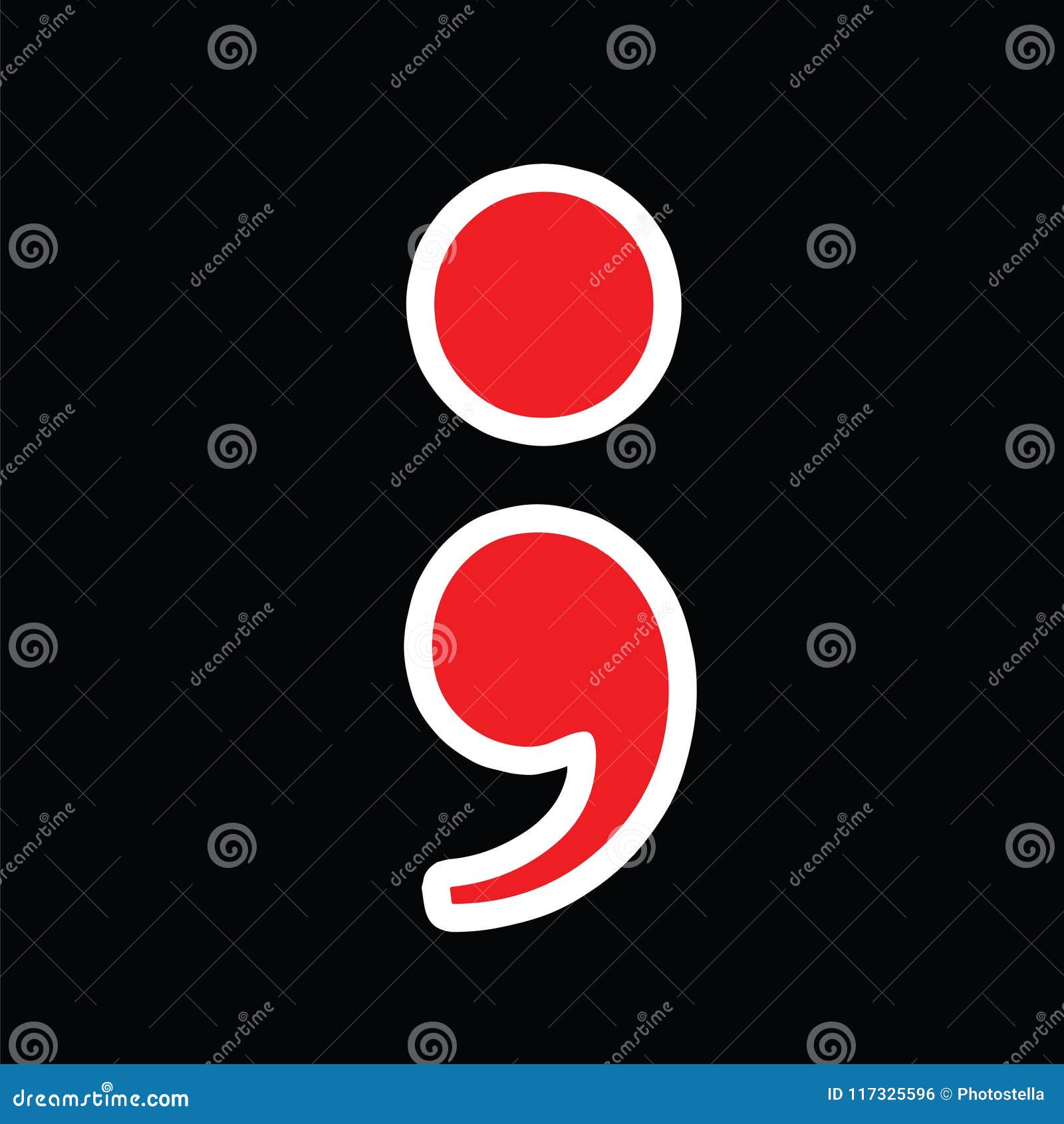
- #HOW TO CHANGE THE SEMI COLON TO A GREEK QUESTION MARK SERIAL#
- #HOW TO CHANGE THE SEMI COLON TO A GREEK QUESTION MARK MANUAL#
- #HOW TO CHANGE THE SEMI COLON TO A GREEK QUESTION MARK FULL#
Main article: Question mark § Greek question mark


#HOW TO CHANGE THE SEMI COLON TO A GREEK QUESTION MARK SERIAL#
Between items in a series or listing containing internal punctuation, especially parenthetic commas, where the semicolons function as serial commas.Īpplications of the semicolon in English include:
#HOW TO CHANGE THE SEMI COLON TO A GREEK QUESTION MARK MANUAL#
For example, the first edition of The Chicago Manual of Style (1906) recommended placing the semicolon inside ending quotation marks.

They also typically recommend placing semicolons outside ending quotation marks, although this was not always the case. Modern style guides recommend no space before them and one space after. Some guides recommend separation by a hair space. Ideally, the space is less wide than the inter-word spaces. In older English printed texts, colons and semicolons are offset from the preceding word by a non-breaking space, a convention still current in present-day continental French texts.

Semicolons are followed by a lower case letter, unless that letter would ordinarily be capitalised mid-sentence (e.g., the word "I", acronyms/initialisms, or proper nouns). The most common use of the semicolon is to join two independent clauses without using a conjunction like "and". The plural of semicolon in English is semicola or semicolons. The semicolon falls between terminal marks and the comma its strength is equal to that of the colon.
#HOW TO CHANGE THE SEMI COLON TO A GREEK QUESTION MARK FULL#
full stops, exclamation marks, and question marks) indicate the end of a sentence, the comma, semicolon, and colon are normally sentence-internal, making them secondary boundary marks. The modern uses of the semicolon relate either to the listing of items or to the linking of related clauses.Īlthough terminal marks (i.e. Ben Jonson was the first notable English writer to use the semicolon systematically. Manutius established the practice of using the semicolon to separate words of opposed meaning and to allow a rapid change in direction in connecting interdependent statements. The first printed semicolon was the work of the Italian printer Aldus Manutius the Elder in 1496.


 0 kommentar(er)
0 kommentar(er)
